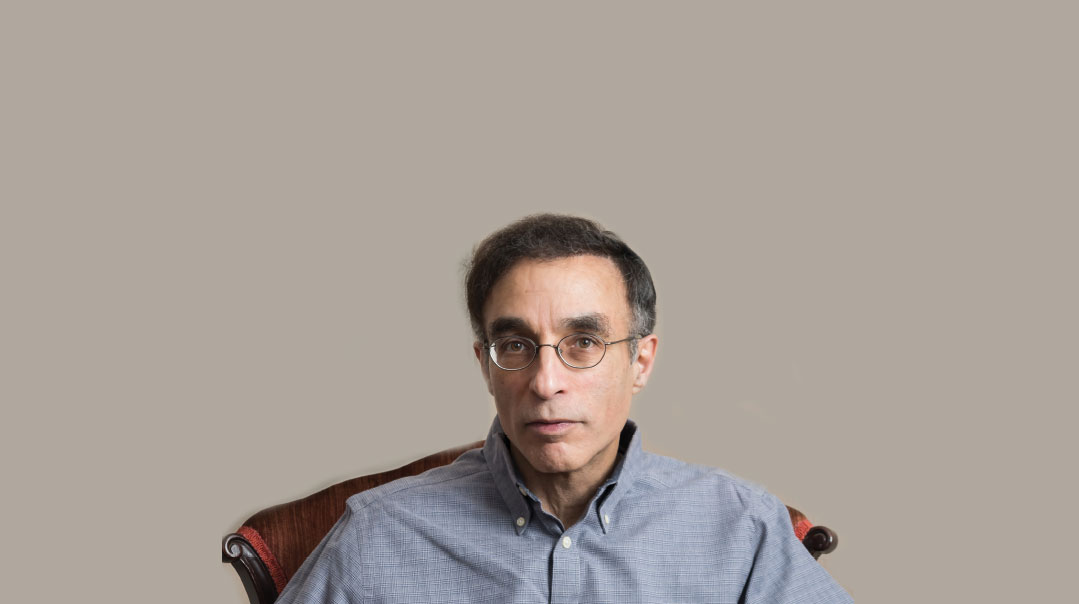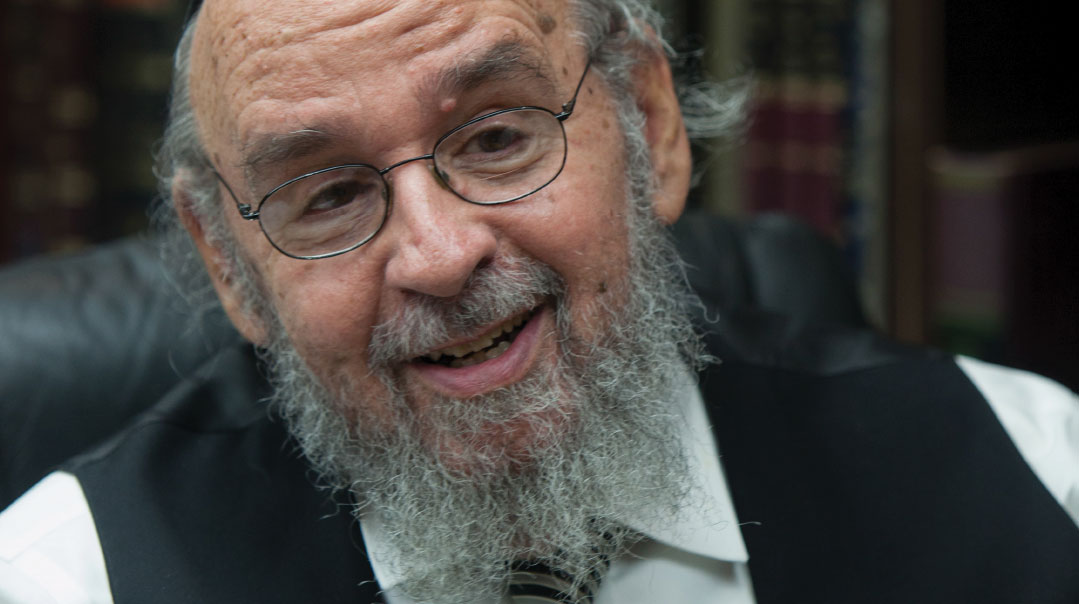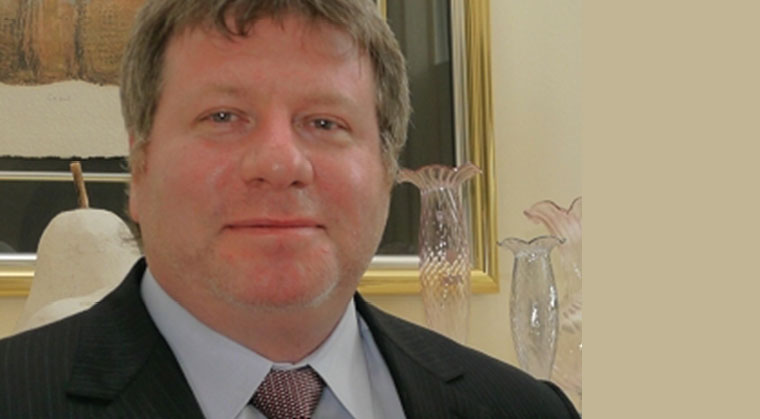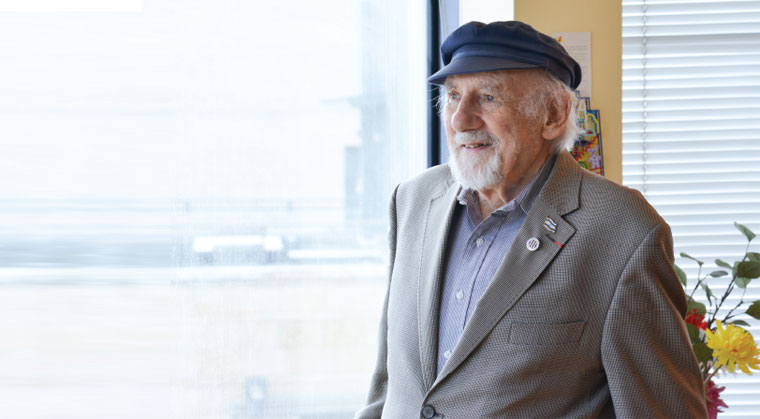Catching Up with Rabbi Paysach Krohn

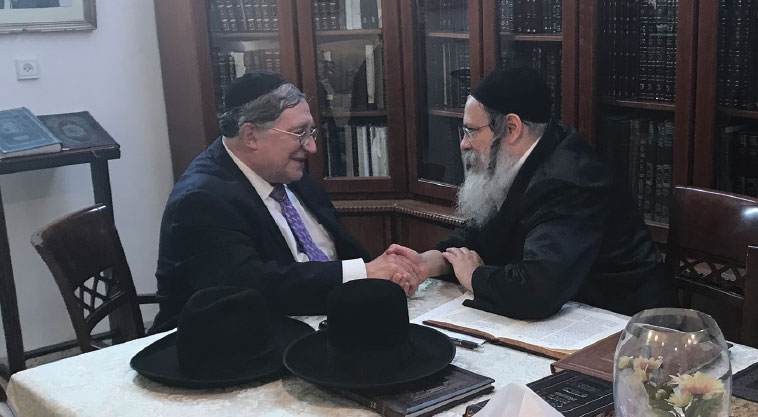
When my editor offered me the opportunity 14 years ago this month to profile Rabbi Paysach Krohn, I hesitated.
Any avid reader of Rabbi Krohn’s famous Maggid series probably knew more about him than I did. More than a few readers had certainly accompanied him on one of his frequent tours to important Jewish holy and historical sites.
I wondered what added value I could possibly bring to the narrative of one of the most beloved and accomplished public figures in the Jewish world.
Rabbi Krohn made it easy for me. His warmth and chesed exuded from every fiber of his being, eclipsing the bitter cold of the wintry December afternoon when I sat in his cozy home. For six hours, I fired questions at him, pausing on numerous occasions when the phone rang to listen to how he patiently handled callers who needed his wise advice.
To write a proper profile, it’s vital to encapsulate the subject in one or two pithy paragraphs. I reprint here how I summed up Rabbi Krohn then (Issue #38, “The Makings of a Maggid”): “It takes a finely tuned spiritual antenna to recognize an opportunity to lift Jewish souls and to seize a moment, with zest and sincerity. That is Rabbi Paysach Krohn’s major strength, and he has found ways to apply that in all phases of his life’s work.”
When we caught up by phone last week, in between two bris milahs he was performing, I found Rabbi Krohn’s energy and zest for life undiminished.
Progress Report
The Glittering World of Chessed is the title of Rabbi Krohn’s 15th book, either print or digital, since his first published work in 1985. Notably, the word “Maggid” is missing from this title.
“I felt in the beginning I wanted to have the word Maggid in it, because I’ve written nine Maggid books of stories, but I realized this is not just a book of stories,” Rabbi Krohn said. “It’s got more than 80 stories, but it’s really an advice book about the most fabulous chesed organizations and baalei chesed around the world and the original ideas they have come up with.”
For example, escorting a young man who doesn’t have a father to the bimah for his aliyah on Simchas Torah. “A lot of these kids don’t even have a lulav and esrog, and then on Succos they stand alone in shul as everyone else is walking around the bimah during Hoshanos.” Rabbi Krohn said. “Or the fellow in Teaneck who donated 20 raincoats to a shul so that people’s suits don’t get ruined if it suddenly starts to pour.”
One source of encouragement for this new work comes from the Tolna Rebbe of Yerushalayim, who wrote a letter to Rabbi Krohn noting that the Gemara in Pesachim (117b) says the reason the first brachah in the Amidah ends with “magen Avraham” is Avraham’s chesed.
“He wrote me that at the end of days, the dominant middah in Klal Yisrael is going to be chesed, and that’s when Mashiach is going to come.”
What’s in a Name
In our original profile of Rabbi Krohn, I noted how his father of blessed memory, a fourth-generation mohel, had thrown down the gauntlet to his son.
“My father always told me, ‘If you learn milah, then you’ll have a choice if you want to be a mohel or not. But if you don’t learn it, you’ll have no choice.’ ”
(Excerpted from Mishpacha, Issue 718)
Oops! We could not locate your form.







